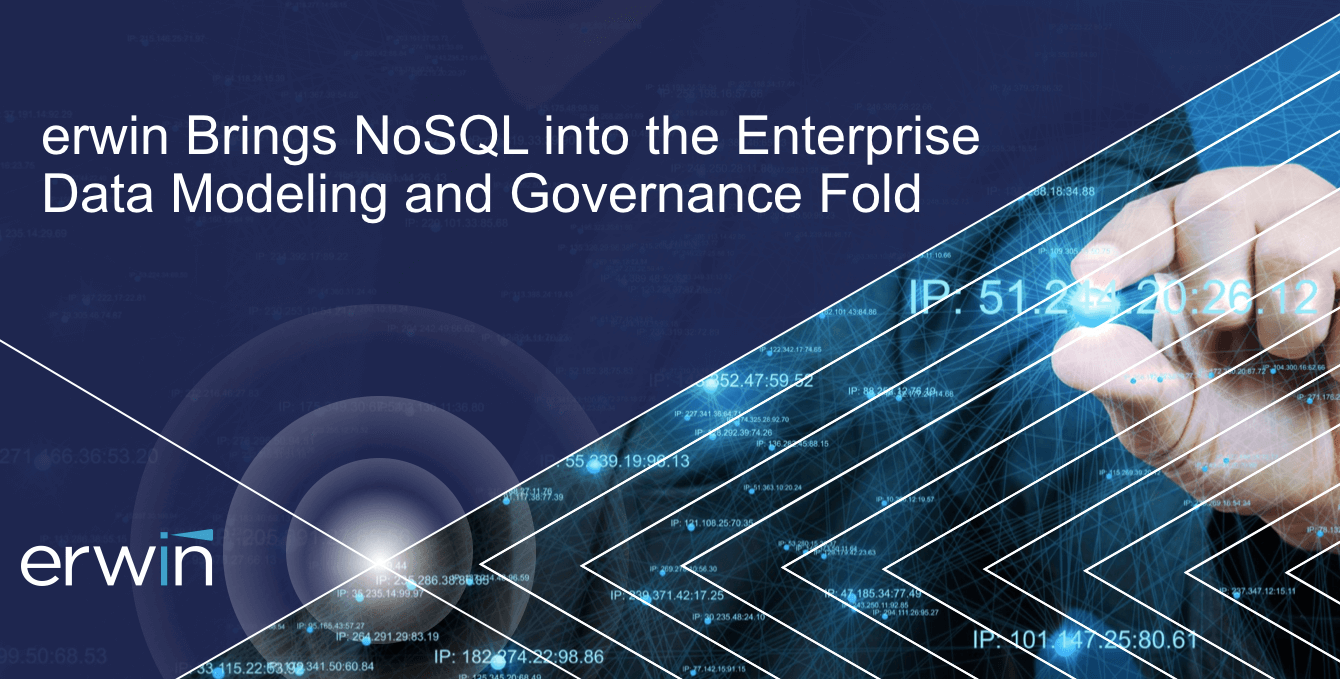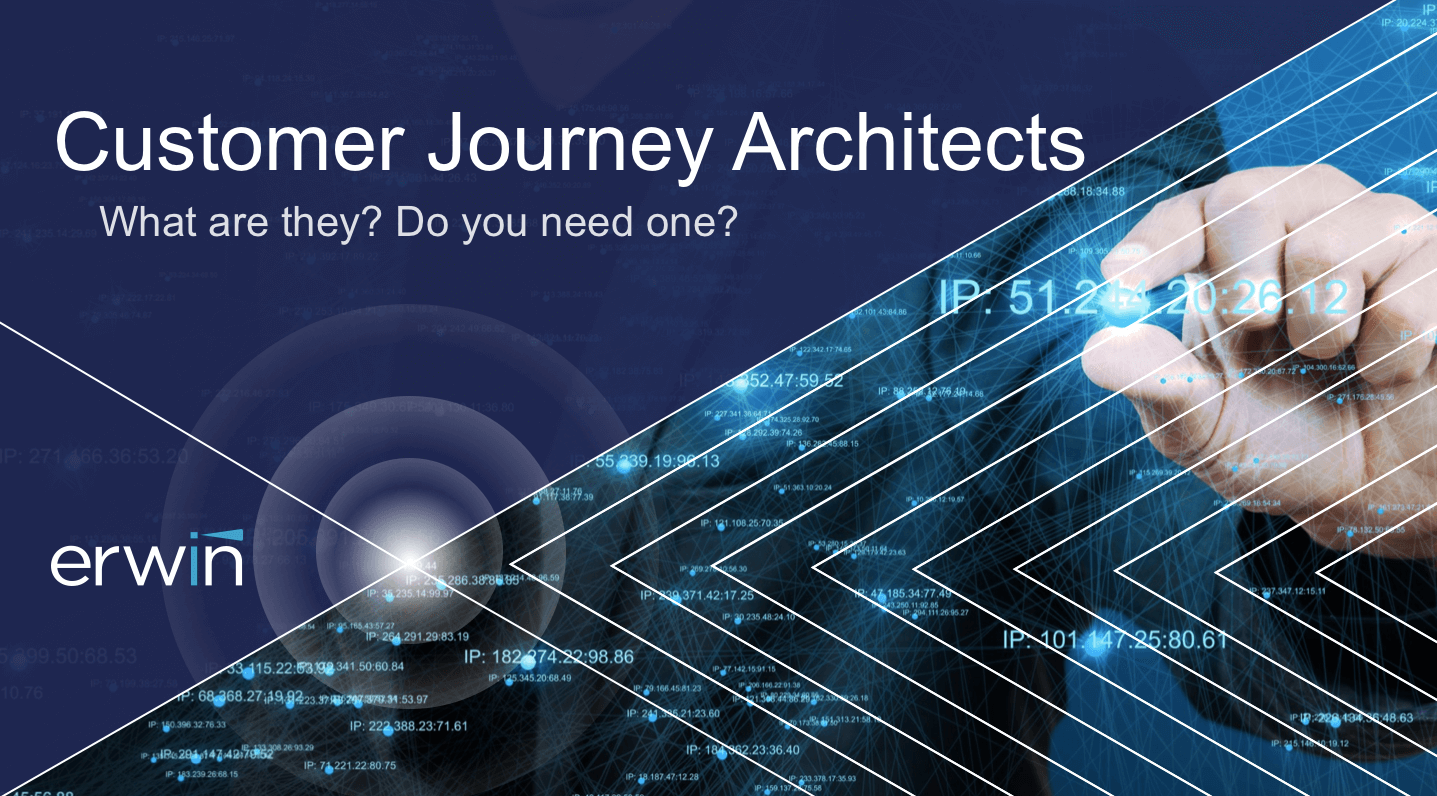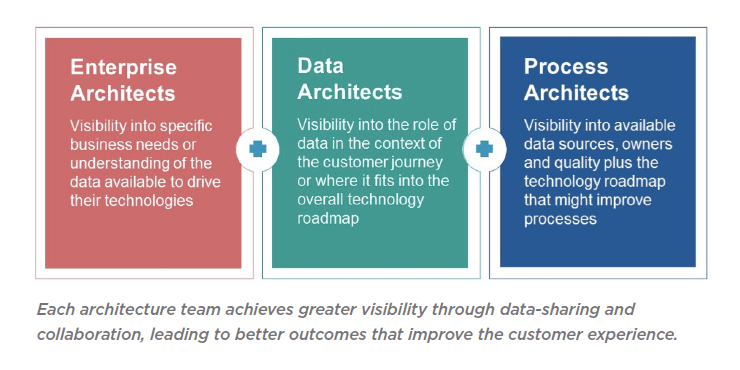With business process modeling (BPM) being a key component of data governance, choosing a BPM tool is part of a dilemma many businesses either have or will soon face.
Historically, BPM didn’t necessarily have to be tied to an organization’s data governance initiative.
However, data-driven business and the regulations that oversee it are becoming increasingly extensive, so the need to view data governance as a collective effort – in terms of personnel and the tools that make up the strategy – is becoming harder to ignore.
Data governance also relies on business process modeling and analysis to drive improvement, including identifying business practices susceptible to security, compliance or other risks and adding controls to mitigate exposures.
Choosing a BPM Tool: An Overview
As part of a data governance strategy, a BPM tool aids organizations in visualizing their business processes, system interactions and organizational hierarchies to ensure elements are aligned and core operations are optimized.
The right BPM tool also helps organizations increase productivity, reduce errors and mitigate risks to achieve strategic objectives.
With insights from the BPM tool, you can clarify roles and responsibilities – which in turn should influence an organization’s policies about data ownership and make data lineage easier to manage.
Organizations also can use a BPM tool to identify the staff who function as “unofficial data repositories.” This has both a primary and secondary function:
1. Organizations can document employee processes to ensure vital information isn’t lost should an employee choose to leave.
2. It is easier to identify areas where expertise may need to be bolstered.
Organizations that adopt a BPM tool also enjoy greater process efficiency. This is through a combination of improving existing processes or designing new process flows, eliminating unnecessary or contradictory steps, and documenting results in a shareable format that is easy to understand so the organization is pulling in one direction.
Silo Buster
Understanding the typical use cases for business process modeling is the first step. As with any tech investment, it’s important to understand how the technology will work in the context of your organization/business.
For example, it’s counter-productive to invest in a solution that reduces informational silos only to introduce a new technological silo through a lack of integration.
Ideally, organizations want a BPM tool that works in conjunction with the wider data management platform and data governance initiative – not one that works against them.
That means it must support data imports and integrations from/with external sources, a solution that enables in-tool collaboration to reduce departmental silos, and most crucial, a solution that taps into a central metadata repository to ensure consistency across the whole data management and governance initiatives.
The lack of a central metadata repository is a far too common thorn in an organization’s side. Without it, they have to juggle multiple versions as changes to the underlying data aren’t automatically updated across the platform.
It also means organizations waste crucial time manually manufacturing and maintaining data quality, when an automation framework could achieve the same goal instantaneously, without human error and with greater consistency.
A central metadata repository ensures an organization can acknowledge and get behind a single source of truth. This has a wealth of favorable consequences including greater cohesion across the organization, better data quality and trust, and faster decision-making with less false starts due to plans based on misleading information.
Three Key Questions to Ask When Choosing a BPM Tool
Organizations in the market for a BPM tool should also consider the following:
1. Configurability: Does the tool support the ability to model and analyze business processes with links to data, applications and other aspects of your organization? And how easy is this to achieve?
2. Role-based views: Can the tool develop integrated business models for a single source of truth but with different views for different stakeholders based on their needs – making regulatory compliance more manageable? Does it enable cross-functional and enterprise collaboration through discussion threads, surveys and other social features?
3. Business and IT infrastructure interoperability: How well does the tool integrate with other key components of data governance including enterprise architecture, data modeling, data cataloging and data literacy? Can it aid in providing data intelligence to connect all the pieces of the data management and governance lifecycles?
For more information and to find out how such a solution can integrate with your organization and current data management and data governance initiatives, click here.













